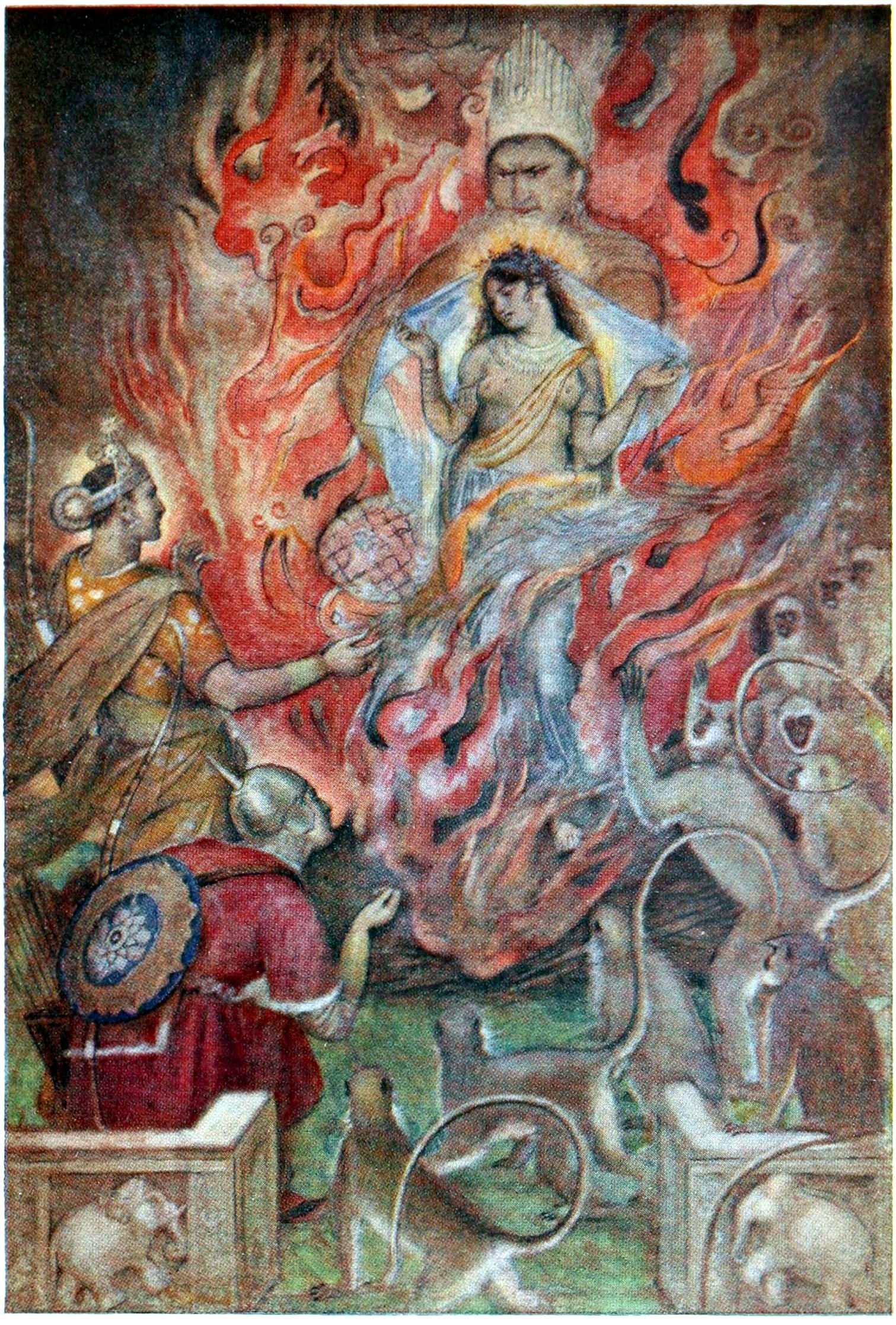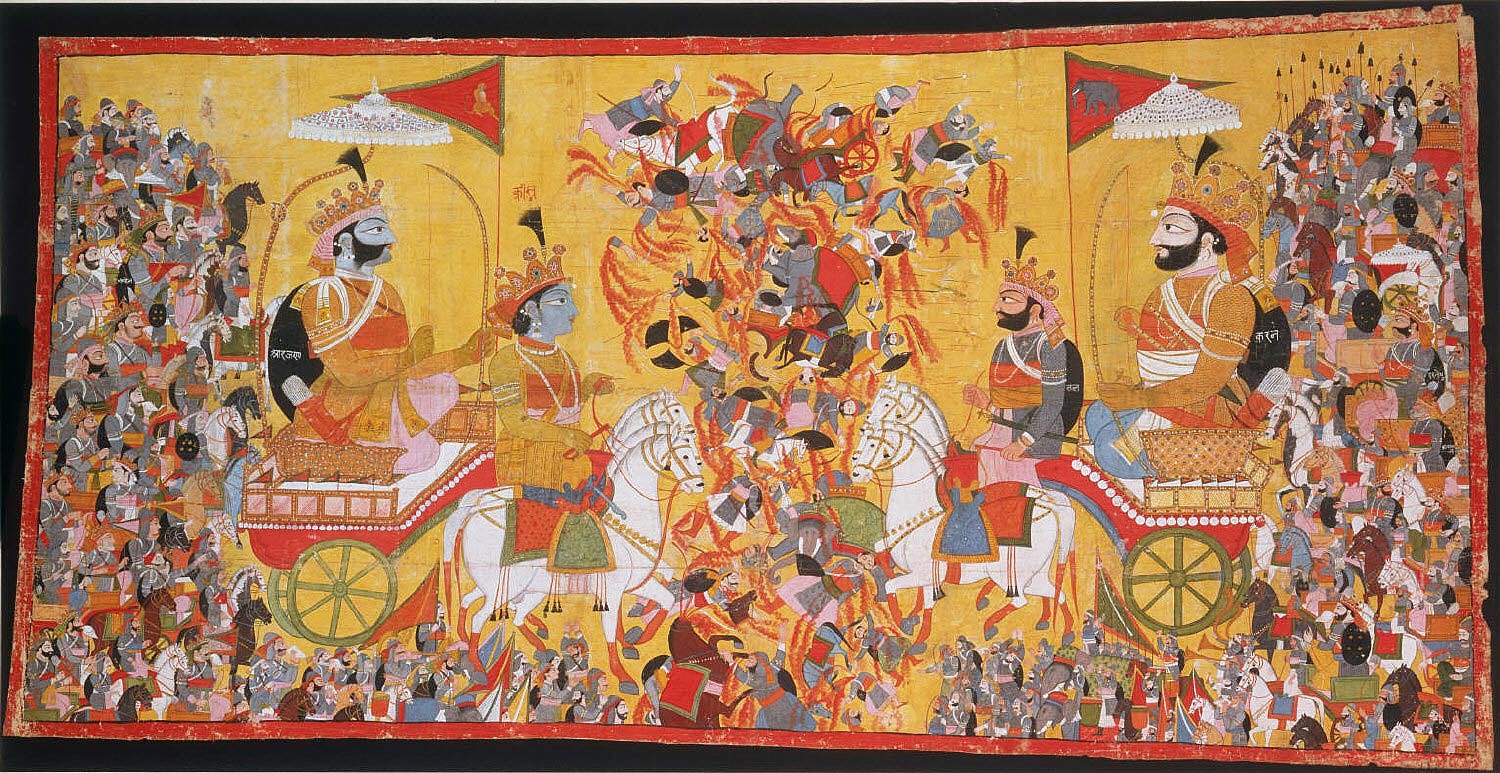After two long-ish books, it's weird that I'm already over halfway done with this one. It's going by so fast! I keep skimming ahead, though, because it's fast-paced enough that it's difficult to stop reading without knowing what's coming next.
It's starting to delve more into the stories behind the stories. Surpanakha shows up briefly and we hear her side of things -- different than what's in the Ramayana -- which seems to be a theme for this book, of introducing a secondary character and quickly giving their version of events. Surpanakha raises some interesting points about Ayodhya vs. Lanka, mainly regarding women's roles. She brings up the freedom and equality enjoyed by women in Lanka, whereas Ayodhyan women are viewed as needing protection, especially of their chastity.
And then the storyline is also delving into the political. It brings up more of the epic's backstories, like with Rama killing a large group in the forest because they "threaten" Ayodhyans who are there for rituals and other spiritual matters. There's some intriguing questions raised about how much the war just uses Sita and that whole situation as an excuse to expand the Ayodhyan empire and take out a rival. It would explain why Rama enters into a terrible war unquestioningly and then gives up his wife who he was fighting for -- it was never really about her, which in some ways just makes the story even more terrible.
still from Sita Sings the Blues (Martin Teller's Movie Reviews)


















